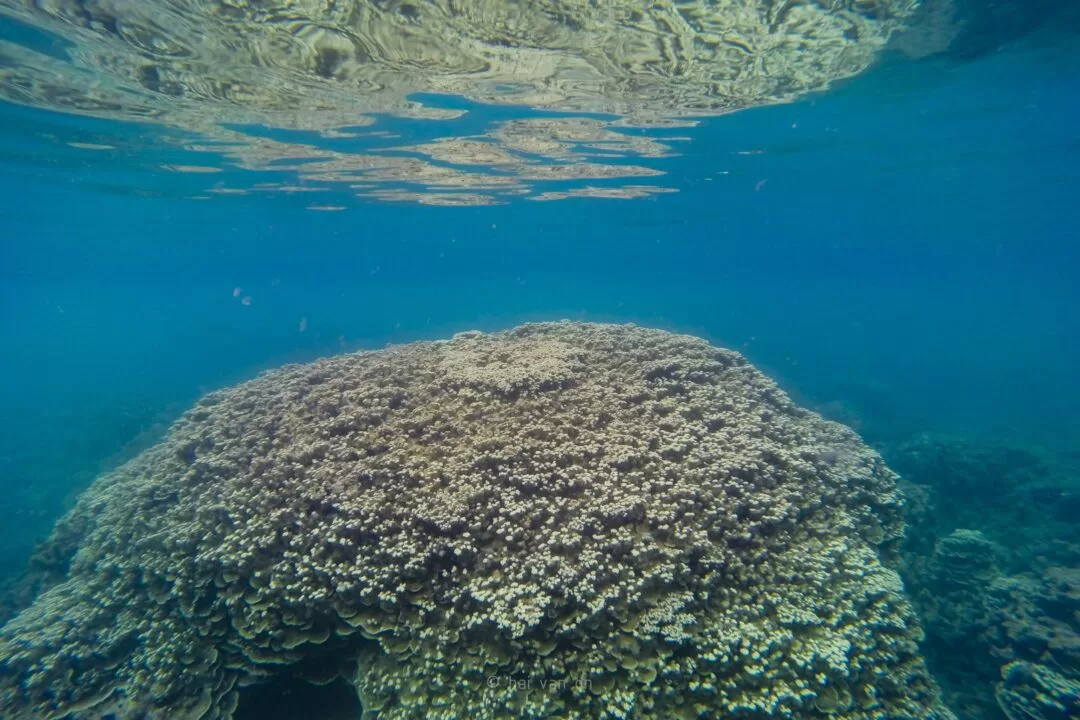

nudibranchs 2021


nudibranchs 2020


















nudibranchs 2019
I asked Cory Pittman of sea slugs of Hawaii :
“Do you think that these nudibranchs ( i have recorded 16 different species within a few hundred yards for the month of April and May 2019) are appearing up shallow to mate seasonally? How long before the eggs hatch? 3-4 days? do the new babies crawl around or do they float like plankton to settle somewhere else? I should be able to see young ones soon?”
Pittman replied:
“Almost all Hawaiian nudibranchs (and relatives) are short-lived species
with planktonic larvae. You won’t notice the larvae, just small animals
after they settle, usually on their food organisms (most are highly
specialized feeders on particular
sponges/hydroids/bryozoans/tunicates/etc). Populations often rise and
fall seasonally, usually in parallel with their food supply but also due
to other factors (temperature, populations of predators, conditions
offshore for their larvae, etc).
In most cases, they don’t move around much after settling but may travel
moderate distances in search of more food if they run out or can’t find
a mate (they’re hermaphrodites but don’t self-fertilize so they need to
pair). In a few cases, adults deliberately release and drift with the
current while the planktonic larvae of most can travel great distances.
In an invertebrate-rich area such as your dock pilings a coincidence of
favorable local conditions may result in a “broad spectrum” bloom
involving many species. But, most species are highly patchy in
distribution and go through wide swings in population over time. So,
they may be abundant one year, then absent for several. Lifespans after
settlement vary from a couple weeks to a couple years (most a few
months)and eggs take from a couple days to a couple weeks to hatch (most
less than a week).
Most species on your site are diurnally active (either feeding or
traveling). Some of the smaller, more cryptic ones are nocturnal
feeders/travelers that rest in the open by day relying on camouflage. If
you start doing night dives, you’ll probably find a whole different set
that are “out and about” at night. Most of the nocturnal
feeders/travelers burrow in sand or conceal themselves under rubble by day.
Of course, these are generalizations–each species has its own
peculiarities…”
nudibranchs 2018




nudibranch 2014

I rediscovered this photo and found out that these are Tenellia lugubris taken on 04.04.2014. I was interested in the egg coils and did not even noticed the sea slugs.

doto sp#2

This Dotidae nudibranch species has not been seen in Hawaii according to Pauline Fiene of Sea slugs of Hawaii. Cory Pittman was in contact with me today and let me know that they will identify this as Doto sp#2, very boring name, so say hello to our new friend.

Nudibranchs climb up to snorkeling depth in April possibly onto May. They are certainly more abundant. The species I documented are cataloged here .
I live in Hawaii since August 2005 and I saw only two nudibranchs, but May 2018 changed my poor statistic. I met Peter Krottje during a Kohala Diver annual reef clean up event, and he gave me an Olympus TG-3. Up until then I use a GoPro Hero 3 for all my underwater videos and stills. The TG-3 is really remarkable in may ways: one is the Macro and Microscope features that allow closer look at subjects. Armed with the right tool, I went looking for small things.














